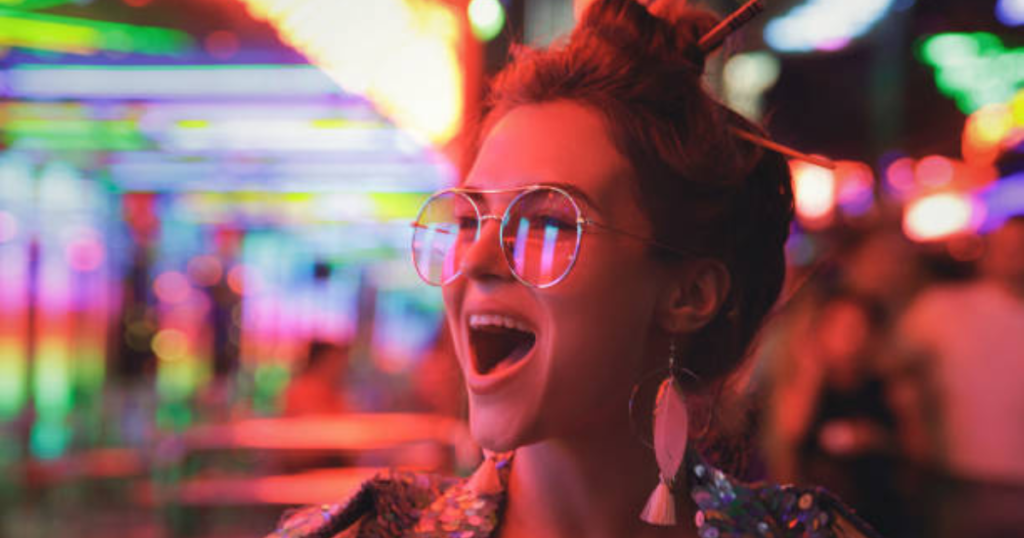Color and Mental Health: Exploring the Emotional Impact

Colors are an integral part of our daily lives, surrounding us in various forms and settings. Beyond their aesthetic appeal, colors have the power to influence our emotions, mood, and even mental well-being. This connection between color and mental health has been a subject of interest and study for years.
The Psychology of Color and Its Effects on Mental Health
Colors have a unique ability to evoke emotions and elicit psychological responses. This phenomenon, known as color psychology, explores how different colors can trigger specific feelings and thoughts. Researchers have long recognized that colors can influence our perceptions and even physiological reactions.
Blue
Often associated with tranquility and calmness, blue has a soothing effect on the mind. Experts believe that it lowers blood pressure and heart rate, making it a suitable choice for environments where relaxation is desired. Blue’s calming properties make it a popular choice for bedrooms and spaces where stress reduction is crucial. Incorporating shades of blue in interiors or even spending time by the ocean or a serene lake can promote a sense of tranquility.
Green
Symbolizing nature and growth, green is linked to feelings of renewal and harmony. Studies show that exposure to green spaces can reduce stress and enhance overall well-being. The color’s association with the outdoors and vitality makes it an excellent choice for creating a calming environment. Whether through houseplants, nature walks, or simply gazing at lush landscapes, surrounding oneself with green can foster a sense of balance.
Yellow
As the color of sunshine and positivity, yellow exudes warmth and energy. It can evoke feelings of happiness and optimism. However, an excessive amount of bright yellow may lead to overstimulation, potentially causing feelings of anxiety. When used in moderation, yellow accents can uplift the spirits and add a touch of vibrancy to spaces.
Red
Bold and intense, red is often associated with strong emotions such as passion and excitement. In the context of mental health, red can stimulate energy and increase alertness. However, its intense nature may not be suitable for spaces intended for relaxation or meditation. It could evoke feelings of restlessness. Red accents can be strategically incorporated to add a burst of energy to a room.
Purple
With its blend of calming blue and energetic red, purple is often linked to creativity and spirituality. Lighter shades of purple can have a soothing effect, encouraging a sense of introspection and mindfulness. Darker shades, on the other hand, may evoke a sense of mystery and contemplation. Purple’s versatility allows it to be used in spaces aimed at fostering both relaxation and creativity.
Orange
Orange is a color that merges the vibrancy of red with the inviting qualities of yellow. It has the ability to promote social engagement, spark creativity, and ignite enthusiasm. Yet, similar to the effects of red, an excessive presence of orange might prove overpowering for certain individuals.
Pink
Pink is frequently associated with emotions of nurturing, affection, and empathy. Its presence can induce a calming and tender influence, fostering an atmosphere of ease and solace. This color has the potential to evoke a feeling of warmth and care, making it particularly suitable for creating spaces that encourage relaxation and a sense of well-being.
White
White represents purity and minimalism, evoking a sense of openness and clarity that contributes to a feeling of cleanliness and mental clarity. Nevertheless, an abundance of white can sometimes lead to an atmosphere that feels overly sterile or chilly.
Black
Black has the ability to elicit emotions tied to sophistication and a formal atmosphere. Additionally, it can communicate an aura of mystery and depth. However, it’s important to note that an overabundance of black could potentially lead to a sense of weightiness or darkness within a space or context.
Gray
Gray is commonly linked with a state of neutrality and equilibrium. Its presence can establish an atmosphere of tranquility and steadiness, promoting a sense of emotional balance. However, excessive usage of gray has the potential to evoke emotions of monotony or even a tinge of sadness. Careful consideration of its application is necessary to maintain its positive impact on the overall ambiance.
How color improves mental health
Color psychology has found its way into therapeutic practices and healthcare environments. Professionals in fields such as art therapy and interior design recognize the impact of color on mental health. Experts believe that different colors have distinct effects on human emotions and moods. Therapists and designers use color strategically to create specific atmospheres and support various therapeutic goals.
Calming and Relaxation
Soft and cool colors like blue and green can often create a calming and relaxing environment. These colors can help reduce anxiety and stress, promoting a sense of tranquility.
Stimulation and Energy
Warm and vibrant colors such as red and orange are used to create an energetic and stimulating atmosphere. These colors can help increase alertness and motivation.
Creativity and Expression
Bright and playful colors like yellow and purple can encourage creativity and self-expression. They are often used in art therapy to promote exploration and emotional release.
Balance and Harmony
Combining complementary colors (colors opposite each other on the color wheel) can create a sense of balance and harmony. This can be beneficial for addressing mood imbalances.
Symbolism and Metaphor
Colors can hold personal or cultural symbolism that clients can connect with. Therapists may use colors to encourage clients to explore their emotions or experiences through metaphors.
Aesthetics and Comfort
The overall visual aesthetic of a therapeutic space, including color choices, can impact a client’s sense of comfort and safety, thereby enhancing the therapeutic experience.
Personalization and Empowerment
Allowing clients to choose colors that resonate with them can empower them and give them a sense of control over their therapeutic environment.
Personal Preferences and Cultural Influences

While color psychology provides valuable insights into the general emotional responses to colors, personal preferences and cultural influences also play a significant role in how individuals perceive and respond to different hues.
Personal Associations
Individuals may have personal experiences or memories associated with specific colors that shape their emotional responses. For example, someone who had positive childhood memories involving the color blue may find it particularly comforting, while another person with different associations might feel indifferent.
Cultural Significance
Colors can hold varying cultural meanings and associations. For instance, white is often associated with purity and new beginnings in Western cultures, but it symbolizes mourning in some Eastern cultures. Understanding these cultural nuances is essential, especially in a diverse and globalized world.
Reminder
The intricate interplay between colors and mental health is a captivating area of study that continues to reveal its significance. Whether through the calming embrace of blue, the invigorating energy of yellow, or the creative allure of purple, colors have the power to shape our emotions and impact our mental well-being. As you navigate the complexities of modern life, acknowledging the role of colors in influencing your mind can empower you to create environments that nurture your mental health and enrich your life.
However, if you feel that nothing seems to cheer you up for months now and it is starting to disrupt your life, it is best that you seek professional help and support. Visit Mindshift Psychological Services for therapy or counseling. Schedule an appointment to talk to a therapist on their website or contact them at (714) 584-9700.



